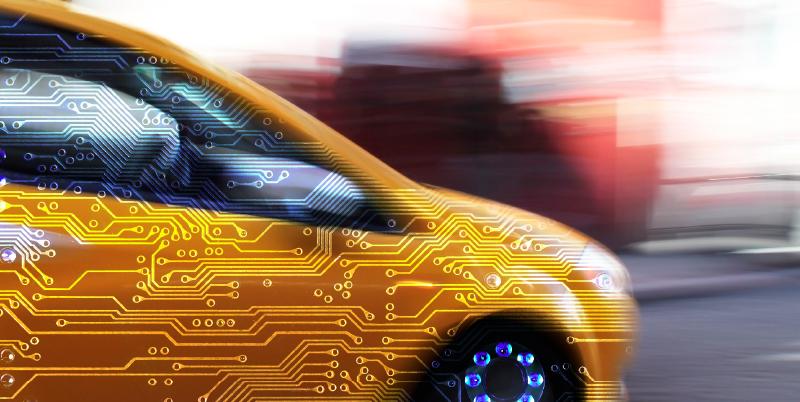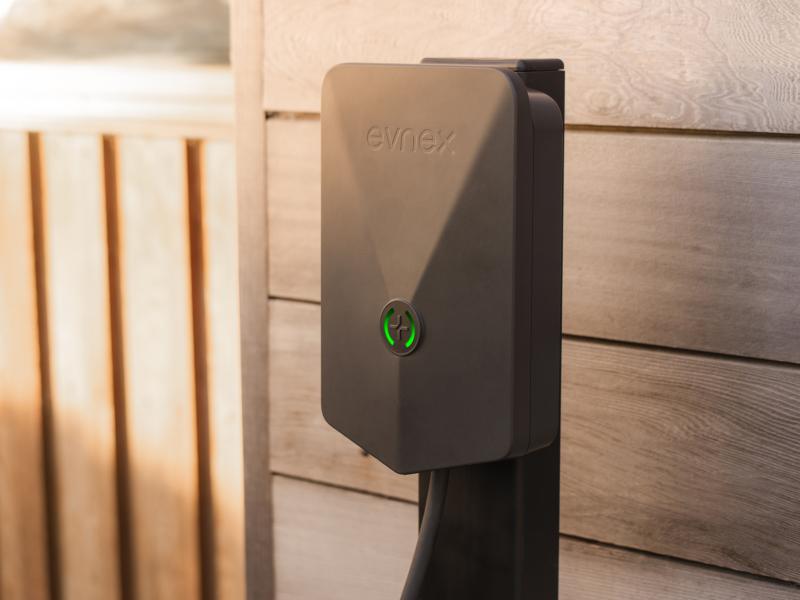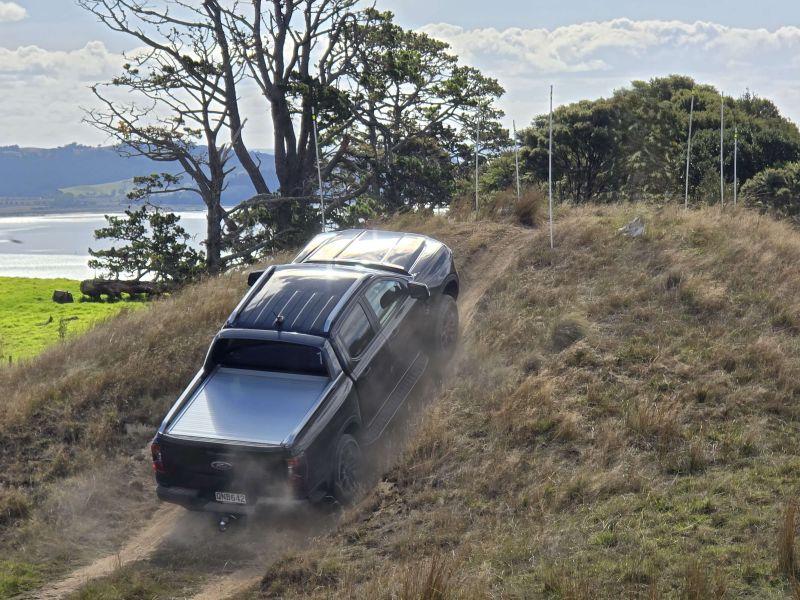Is it too grand a statement to suggest the human race stands at the edge of a convergence event that will change the way we live? For years the idea of thinking machines and of being able to interact/communicate with our electronic and mechanical devices as if they are alive was the stuff of wackiest science fiction.
Fridges able to order food when they sense they are running low? Shops and billboards that communicate with our watches or phones and post ads we might like to see as we go past? Computers that let us buy goods from countries halfway around the globe, and then decide what ads we’d like to see next time we are online? Road signs that remind us how many demerit points we have on our licences, or how long since we took a break from our journey? Roads that tell our cars when there’s a hazard ahead? Cars that tell their service centres when something’s wrong?
It turns out a lot of visions of the near future were correct, with media articles on the convergence of Artificial Intelligence and advanced telematics technologies appearing weekly.
Industry visionaries are saying: The automotive world is surging ahead with ever more clever innovations. Development of AI is seen by many to be essential to next-generation telematics and is now irreversibly joined with the real-world innovations of the telematics industry.
When vehicles are able to talk to fleet managers, home base, traffic authorities or directly to government in real time then there’s a real benefit to the fleet manager, commercial vehicle user and even the private motorist.
But first things first: how do telematics benefit us right here, today? Telematics collects information about a vehicle, such as its location and speed, how hard it has braked, fuel consumption and the condition of its drivetrain, to name just a few metrics. That information is relayed over wireless networks — usually cellular, but sometimes satellite — to the vehicle’s owner or the fleet manager responsible for its use or even an authorised third party, such as an insurance provider or transport authority.
There is a cluster of Kiwi companies right at the cutting edge of these technologies and they are doing world-class work, some to the extent that they are now being brought under the wing of large global companies that can help them realise their true potential.
The use of telematics by the insurance industry was globally tipped as one of the hot four trends in telematics technology development for 2017. Real-time condition, use and behaviour reporting to insurance companies enables them to create unique packages for every client. In the process, the upside reported is that drivers are modifying their behaviour behind the wheel, aware that it has a direct effect on their premiums.
Fleet managers say the more information the better, and it needs to be real-time and easily digested. It’s essential to have complete insight into fleet operations and that requires the use of monitoring technologies such as In Vehicle Monitoring Systems (IVMS) that can help improve efficiencies, cut costs and solve difficult business challenges.
There is a huge safety upside too: telematics allow the real-time tracking, monitoring and management of all important data so if a driver is involved in a serious accident, there is potential for this data feed to automatically alert emergency services or, in the case of a breakdown, the car’s own diagnosis could be sent to breakdown services.
Connected cars
It’s almost impossible to separate telematics from the enormous advances made in connectivity for cars. Where Apple Car Play and Android Audio portals are now becoming commonplace for infotainment uses, the many ways our cars connect with the world now also offer immense benefits through telematics.
In the year just gone, telematics trends offered real world benefits to millions of drivers around the world. Advanced technologies like wireless internet connections, radar-assisted cruise control and braking, lane and traffic safety sensors, touch screens and cameras have created an opportunity to take advantage of automotive telematics technology.
Not so long ago, active cruise control was the domain of the premier segment and European nameplates like BMW and Mercedes. Today, these technologies and more are available to the private motorist or fleet manager shopping for cars in the sub-$40k bracket. Connected cars were heralded as a wave of the future – but the future is now. So many cars have the ability to steer drivers away from accidents using tech like lane-change monitoring, rear view cameras and autonomous braking that the sophistication of such systems can be easy to overlook. Given the growing number of cars on our roads – Auckland is apparently adding around 800 cars per week this year – this technology has the potential to save time, money and, most importantly, lives. It prevents drivers — distracted by phones, billboards, pedestrians and a tidal wave of vehicles around them — from getting in potentially deadly accidents at every turn.
Invaluable aid to insurance industry
Globally, telematics technology is dramatically changing the auto insurance industry. New Zealand is now seeing the advent of usage-based insurance, packages tailored to the type of use, locations of use and driving behaviour of the customer. Though this is largely based on good will and trust in New Zealand, in other markets it is possible to sign up to ‘active’ policies that make use of telematics and enable insurance companies to base insurance cover on the user’s behaviour patterns.
A motorist with a telematics-based insurance policy sends driving data to their insurer which can then issue the customer a ‘score’ based on how safe they are behind the wheel and on where and when they drive.
The creates truly personalised insurance policy with premiums based on the level of risk, and can also then be used where there is a disputed ‘fault’ assertion in the event of a crash.
If a customer opts for a telematics car insurance policy, a data capture device is fitted to the car to transmit information to the insurer and the driver/policy holder. These ‘black boxes’ provide accurate, continuous vehicle speed and location data along with straight-line acceleration, angular acceleration and deceleration data. This enables a far more complete understanding of vehicle usage which can provide many benefits; not only to the vehicle owner but also to other road users. In turn, this helps lower driver scores and insurance premiums.
Drivers could also then only be charged insurance on the basis of vehicle use, raising the prospect of reduced premiums for lower kilometres as well as cost savings for driving at safer times. Black boxes and the data they provide would allow insurance companies and fleet managers to offer incentives or rewards for safe driving practices.
Finally, insurance companies are increasingly using telematics as a method of fraud prevention.
AI and telematics a boon to fleet managers
Alongside the excitement about autonomous cars and the prurient reporting of the accidents happening as systems are perfected, car manufacturers have been moving down the road toward AI and some very sophisticated expressions of the potential of telematics which are essential to the development and roll-out of autonomous cars.
Some of the excitement is about the trickle-down of the technologies from heavy transport to light commercial vehicles and thence to cars and four-wheel drives. A decade ago telematics and data transmission were changing heavy transport forever, enabling managers to monitor driver location and behaviour, throttle position, brake use and intensity of braking, speeding or the amount of time spent under the speed limit in traffic jams. The holy grail of the time was to get the data in as close to real time as possible.
What fleet managers want
- Telematics systems that will quickly show where all vehicles are.
- Vehicle condition data delivered in an easy to consume manner.
- Data delivered in a timely and accurate way.
- Use/frequency information across all vehicles.
- Live information on vehicle condition.
- Multiple platform capability.
In 2017, Toyota New Zealand CE Alister Davis was talking about the next step in vehicle technologies. Even as the company was deep in planning its ‘Drive Happy’ vision for dealerships of the future, he also saw an imminent step-change in battery technology as endowing hybrid and EV vehicles with even greater capabilities that verge on true AI.
Right now, cars from a number of manufacturers are using in-cabin cameras to monitor the alertness of driver and passengers and give a warning if it decides the driver is nodding off. The system sits alongside lane departure warning technology and in some cases uses a tiny camera to observe the driver and measure the number of blinks per minute, or the pattern of eye movement.
Is Big Brother watching? At the moment, this kind of technology is mainly aimed at communication between driver and vehicle, but could easily be on-sent to traffic enforcement authorities.
The obstacle in the way of making information available to a third party is more a matter of ethics and privacy than of technology.
The Internet of Things
Causing more excitement among the boffins is how a concept called the Internet of Things might work with telematics to help make motoring safer. Bridges, buildings, roads can all have their own identities online, meaning congestion, traffic accidents or weather can all be reported to a vehicle using a particular road. It’s an extension of the much simpler level of traffic information available in many countries right now.
In the USA, work is under way to use telematics for interactivity among vehicles and infrastructure. This could allow warning systems to alert drivers of dangerous situations, help them avoid congested roads or traffic issues and facilitate more economical use of existing roadways – or just open gates on parking levels as the motorist arrives at work.
Adding two-way communication is a simple further step enabling the vehicle and the environment it travels through to engage in conversations without the driver’s involvement.
Four-wheel drive makers including Toyota have been creating vehicles with 360-degree ‘vision’ thanks to cameras mounted discreetly on the body that have overlapping areas of vision. The technology made its debut on the Land Cruiser. It creates a blended image of the whole of the vehicle’s surroundings – handy when cresting that blind brow at Karioitahi and just as handy when peeking out of a laneway in downtown Auckland or Wellington.
Once more, AI looks set to make a huge impact on our roads as autonomous (driverless) cars move closer to everyday reality. Google has grabbed headlines creating driverless cars for the mass market. Uber was keen for a while, though teething problems including some unfortunate collisions with pedestrians have cooled the ardour of mass-market innovators for the moment. It’s a different story in the premier sector.
Jaguar-Land Rover has implemented an international project called AutopleX , a $NZ10m project to develop self-driving cars that can ‘see’ at blind junctions and through obstacles. The company aims to combine mapping technologies so an autonomous vehicle receives more information earlier in its decision-making processes.
Connected, automated and live information converge, with connected mapping enabling cars to communicate with each other in real time. This is seen as key to autonomous cars smoothly negotiating merge lanes and motorway onramps.






